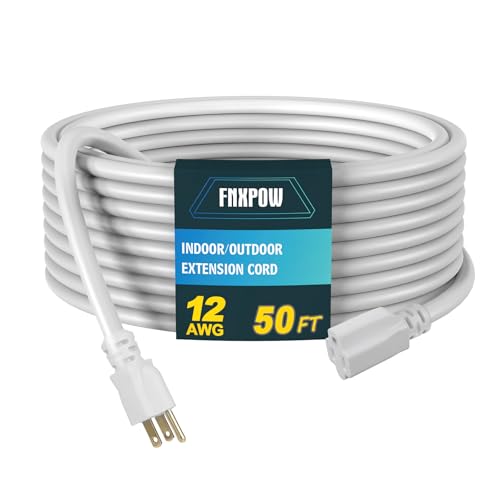



For efficient cleaning tasks, a range of 1300 to 3000 pounds per square inch is effective. This pressure caters to various applications, from gentle washing of vehicles to robust cleaning of concrete surfaces.
In my experience, a device operating between 1500 and 2000 units achieves excellent results for most home projects. Such power is suitable for patios, decks, and lawn furniture while balancing performance and water consumption. For tougher jobs like stripping paint or removing oil stains, aim for the higher end of the spectrum.
While higher numbers may suggest better performance, they can cause damage or wear on more delicate surfaces. Therefore, assessing your specific cleaning requirements is crucial to selecting the right model without compromising the integrity of your property.
Understanding Pressure Ratings and Its Importance in Cleaning
A range of 1300 to 1900 would be my recommendation for an optimal operating level in a power cleaner designed for domestic tasks. This range is powerful enough to remove dirt and grime without risking damage to surfaces such as wood or vehicles.
Key Considerations
- Surface Sensitivity: Softer materials like wood or painted surfaces require lower specifications to avoid wear or scratches.
- Cleaning Solution Compatibility: The capacity of the unit to integrate with detergents can enhance cleaning efficiency, particularly at moderate settings.
- Job Type: Tasks like patio cleaning or automotive care may demand higher ranges within the suggested spectrum.
Application Examples
- Concrete Driveways: A rating near the upper end may be needed for effective cleaning.
- Vehicles: Sticking to lower figures protects paintwork while ensuring adequate dirt removal.
- Garden Furniture: Similar to vehicles, a moderate setting will safeguard against potential damage.
Understanding these ratings is key to selecting the right unit, ensuring an ideal balance between power and safety for different cleaning scenarios.
Recommended PSI Levels for Different Cleaning Tasks
For light tasks such as washing cars or cleaning outdoor furniture, a setting between 1200 and 1900 will suffice. This range provides enough force to remove dirt without damaging surfaces.
Moderate jobs, including cleaning patios and driveways, require a pressure level of about 2000 to 2800. This strength effectively tackles tougher grime and stains while maintaining safety for most surfaces.
Heavy-duty applications, such as stripping paint or cleaning industrial equipment, demand a higher range from 2800 to 3000. This intensity ensures the removal of stubborn materials without excessive effort.
For delicate surfaces like windows or siding, it’s advisable to keep the settings below 1500 to prevent any potential damage. This lower force is gentle enough for sensitive areas.
When cleaning wooden decks or fences, a range of 1500 to 2000 is ideal. This amount balances the power needed to clean while safeguarding the wood from splintering.
Always adjust your equipment based on the task at hand. Overusing pressure can lead to damage, while underusing it may result in ineffective cleaning. Knowing the right strength significantly improves cleaning efficiency.
How to Choose the Right PSI for Home Use
Select a model with a range of 1300 to 1900 pounds per square inch (PSI) for most household tasks. This power level is optimal for cleaning patios, garden furniture, and vehicles without risking damage to delicate surfaces.
Assess Your Cleaning Needs
Identify the surfaces you plan to clean. For washing cars or wooden decks, opt for lower settings around 1300–1600 PSI to avoid causing scratches or stripping paint. If tackling tough stains on concrete or brick, consider models closer to 1800–1900 PSI.
Consider Other Features
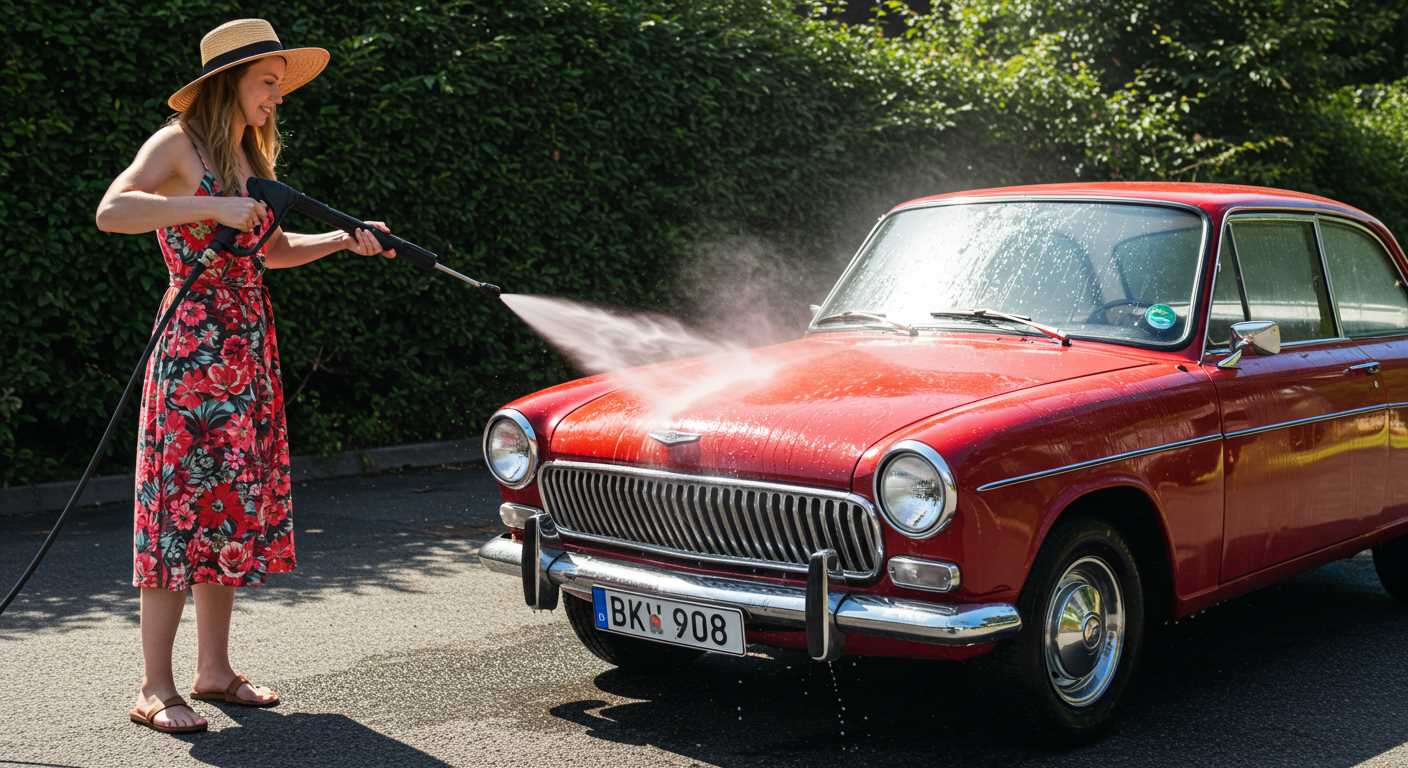
Alongside pressure, evaluate the flow rate, measured in gallons per minute (GPM). A higher GPM can significantly enhance cleaning efficiency, allowing stubborn dirt to be removed more easily. Look for units that combine optimal PSI with a satisfactory GPM rating for better results.
Always consult user manuals or product specifications before use to ensure you select the appropriate pressure level for each specific task. This approach will protect your investments while achieving impressive cleaning outcomes.
PSI Requirements for Specific Surfaces and Materials
For washing cars, a pressure level of around 1200 to 1900 is optimal. This range effectively removes dirt without risking damage to the vehicle’s paint or finishing.
Hard Surfaces
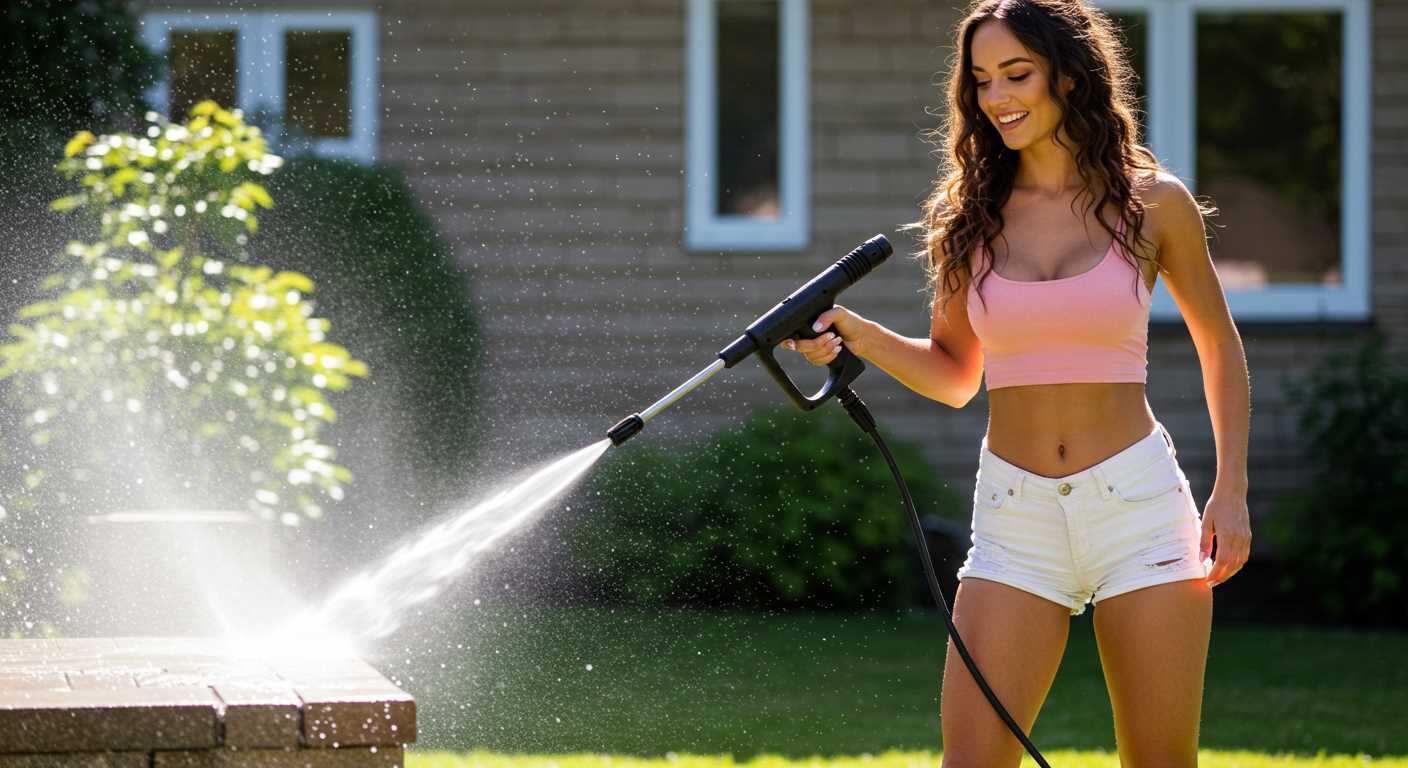
When it comes to concrete or brick patios, a range of 2000 to 3000 is advisable. This intensity efficiently blasts away stubborn stains, grime, and mildew, ensuring a thorough clean without compromising the integrity of the surface.
Delicate Surfaces
Wood decks or surfaces require a gentle approach. A setting between 1300 to 1600 is recommended to prevent splintering or gouging the wood. Using a wider spray nozzle also aids in maintaining the wood’s finish.
In considering siding options, vinyl or aluminium requires around 1500 to 2000 for effective cleaning. This range strikes the right balance between power and safety, ensuring surfaces are refreshed without causing any damage.
Glass surfaces, like windows, should be treated with caution. Employing a pressure around 1200 will do the trick, keeping them clear without risking shattering or cracking.
Ultimately, assessing the specific material and type of surface is crucial for achieving optimal results while maintaining the integrity of the surface being cleaned. Each scenario is unique, and knowing the right power levels can lead to exceptional outcomes without compromise.
Identifying When to Adjust PSI Settings
One should always evaluate the surface type and the level of cleanliness required before making adjustments to the pressure setting. A standard benchmark is to start with a moderate level and increase or decrease as necessary while assessing the results.
Surface Sensitivity
If you notice the surface being cleaned is getting damaged–for instance, wood splintering or paint stripping–reduce the intensity immediately. A lower setting often suffices for delicate materials like vinyl siding or soft woods to prevent harm.
Task Difficulty
For tougher contaminants, such as grease, grime, or embedded dirt, increasing pressure can expedite the cleaning process. However, consider testing a small, inconspicuous area before applying a higher setting across the entire surface to avoid unintended consequences.
Common Misconceptions About PSI and Cleaning Power
Many believe that higher readings automatically guarantee superior cleaning power, but this is not entirely accurate. While elevated levels provide more force, other factors significantly influence cleaning effectiveness.
1. Cleaning Power Relies Solely on PSI
Many assume that increased numbers translate directly to better performance. In reality, flow rate, measured in gallons per minute (GPM), plays a critical role. A low-rated unit with high flow can outperform a high-pressure unit with low gallons per minute. Therefore, both PSI and GPM are essential for effective cleaning.
2. All Surfaces Can Handle High Pressure
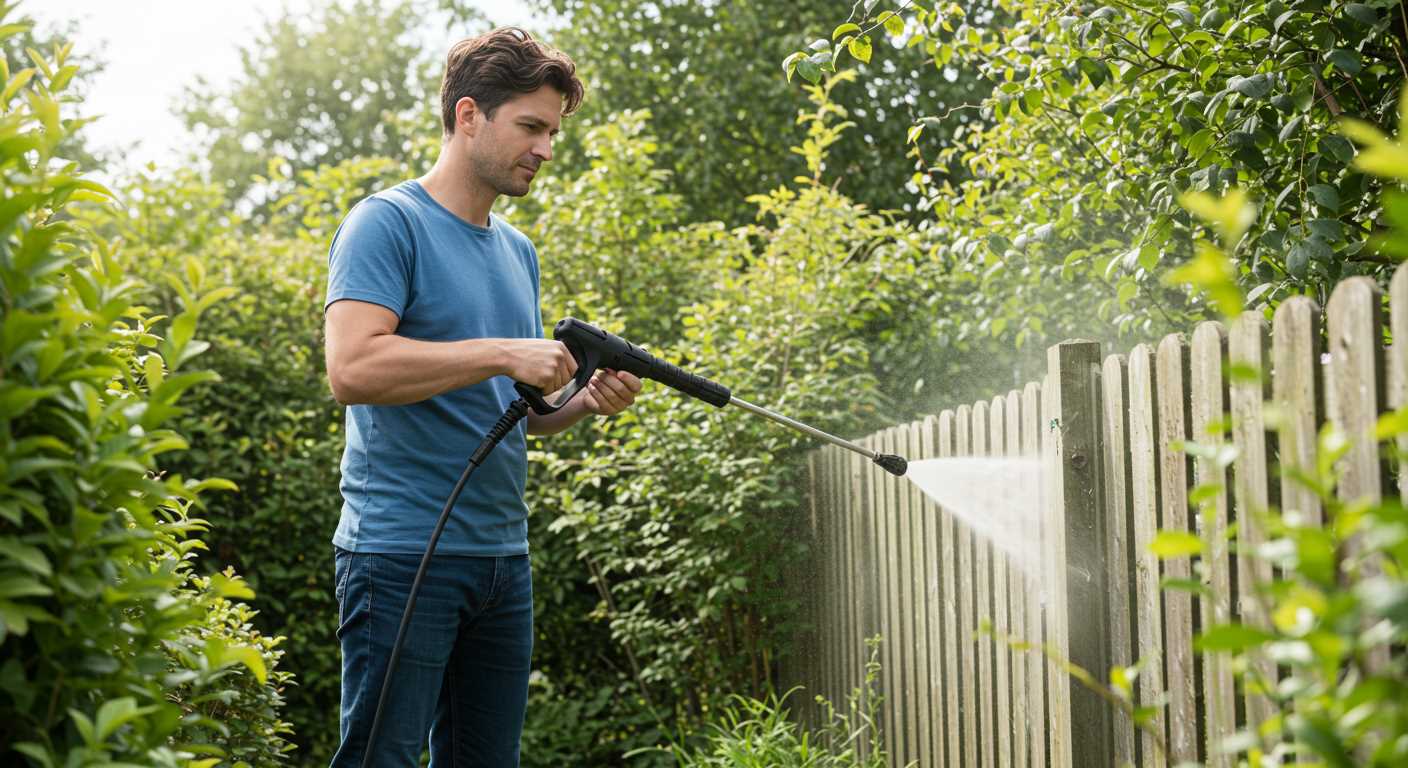
It’s a common assumption that all surfaces can withstand maximum pressure without damage. However, delicate materials like wood or certain types of paint require careful handling. Using excessive force can strip finishes or cause physical harm. It’s crucial to adjust the settings according to the material being cleaned.
- Wood surfaces: Use lower settings, typically around 1,200 to 1,500 units.
- Concrete: Higher pressures, around 3,000 units, can be suitable.
- Vehicles: Generally around 1,500 to 2,000 units is appropriate.
3. Techniques Don’t Affect Cleaning Results
Many overlook the importance of technique in pressure cleaning. Simply pointing the nozzle and blasting away often does not yield the best results. Techniques such as maintaining optimal distance, using sweeping motions, and pre-treating stubborn stains can greatly enhance cleaning outcomes regardless of the pressure reading.
4. Maintenance Is Unnecessary
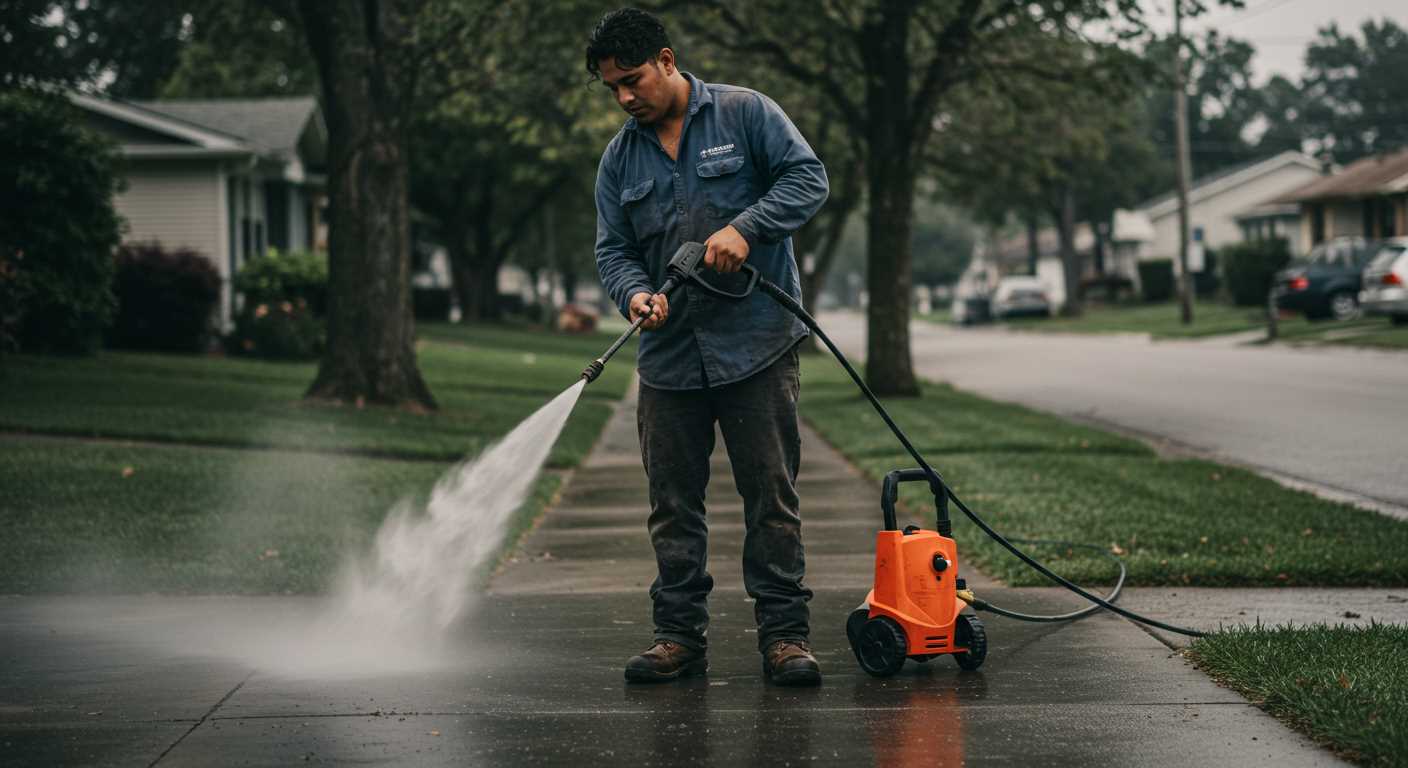
Believing that devices need no upkeep as long as they work is another misconception. Regular maintenance, including checking seals and hoses, ensures the longevity and operational efficiency of the equipment. A well-maintained unit will perform better than one that’s neglected, even if both have similar specifications.
5. Higher Prices Mean Higher Quality Pumps
It’s also a misconception that more expensive models guarantee superior pump quality. While price can reflect features and longevity, it’s not an absolute indicator. Researching and comparing specifications is essential before making a decision, as there are budget-friendly options that perform exceptionally well.
Understanding these misconceptions can lead to better choices when selecting and using equipment designed for various cleaning applications. Knowledge is power, and being informed makes a significant difference in achieving optimal results.
Tips for Maintaining Optimal Pressure Washer Performance
Regularly inspect hoses and connections for leaks or wear. Tighten any loose fittings to prevent water loss and maintain pressure. Keep surfaces clean and free from debris to avoid pump damage.
Routine Maintenance Schedule
Establish a weekly maintenance routine that includes these tasks:
- Check oil levels in the pump, changing as required.
- Clean or replace filters to ensure efficient water flow.
- Inspect nozzles regularly, ensuring they are clear and undamaged.
Storing Equipment Properly
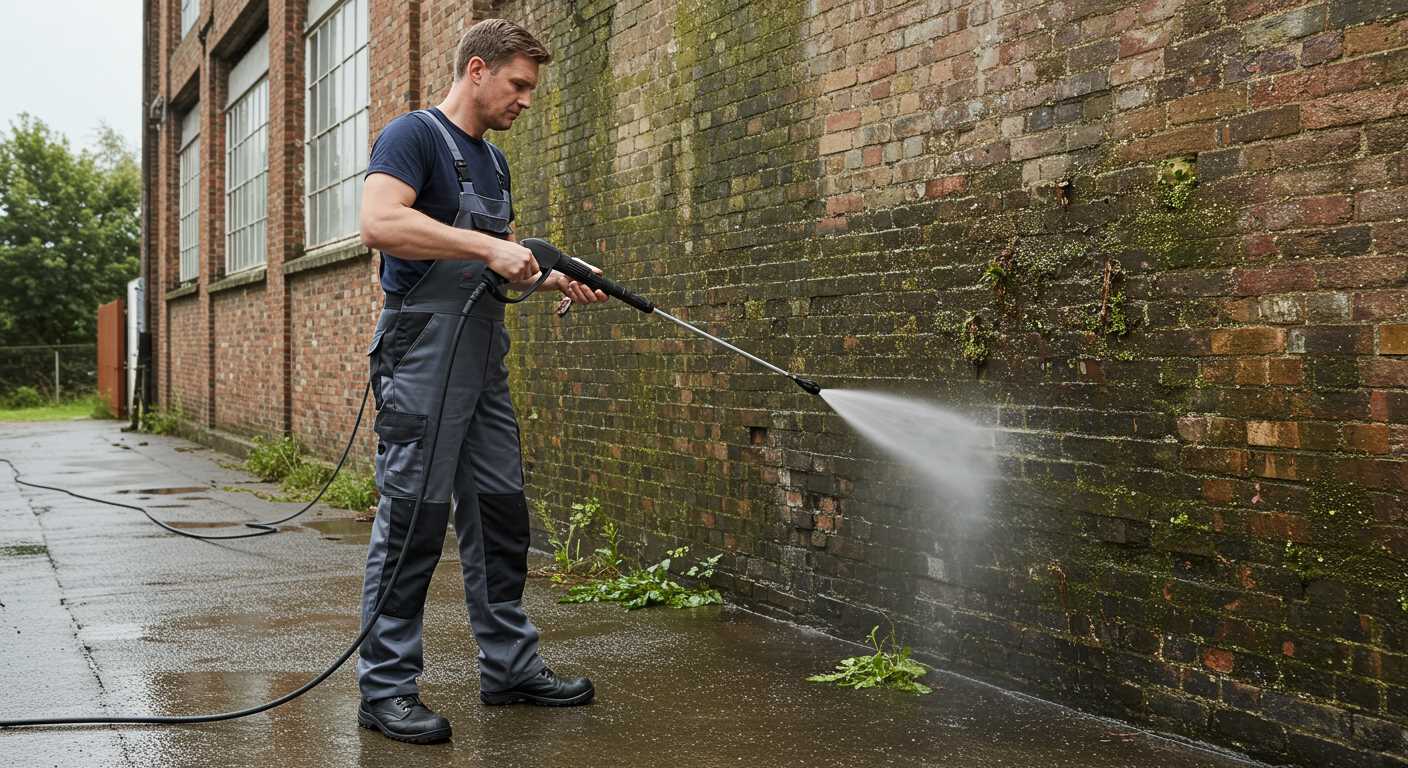
Store your machine in a dry, sheltered area to prevent rust and corrosion. Drain water from the pump and hoses to avoid freezing during colder months.
| Task | Frequency |
|---|---|
| Inspect hoses and connections | Weekly |
| Check oil levels | Monthly |
| Clean or replace filters | Monthly |
| Inspect nozzles | Before each use |
Replace worn parts immediately to avoid further damage and ensure reliable operation. Pay attention to any unusual noises during operation; they may indicate a more serious issue.


